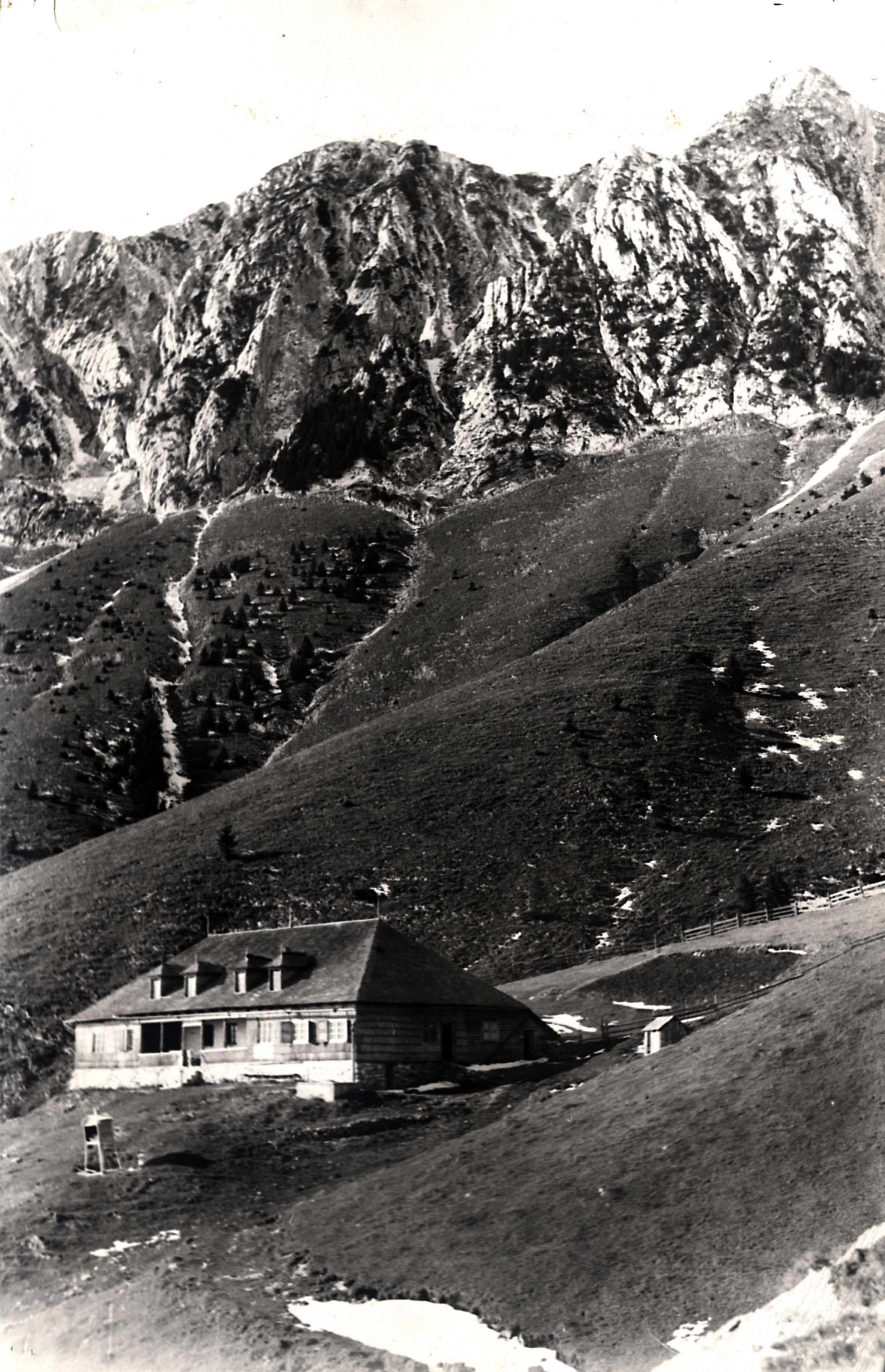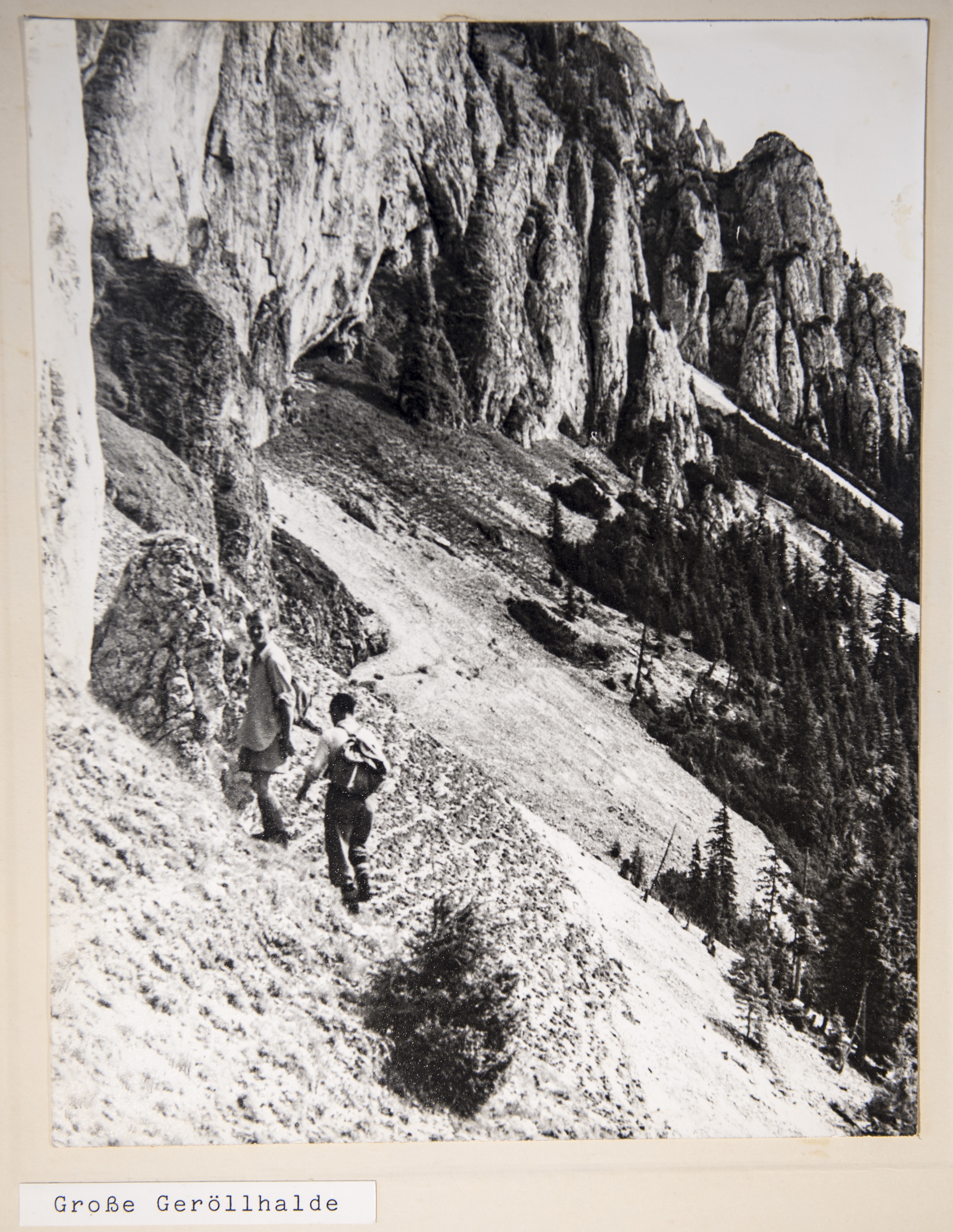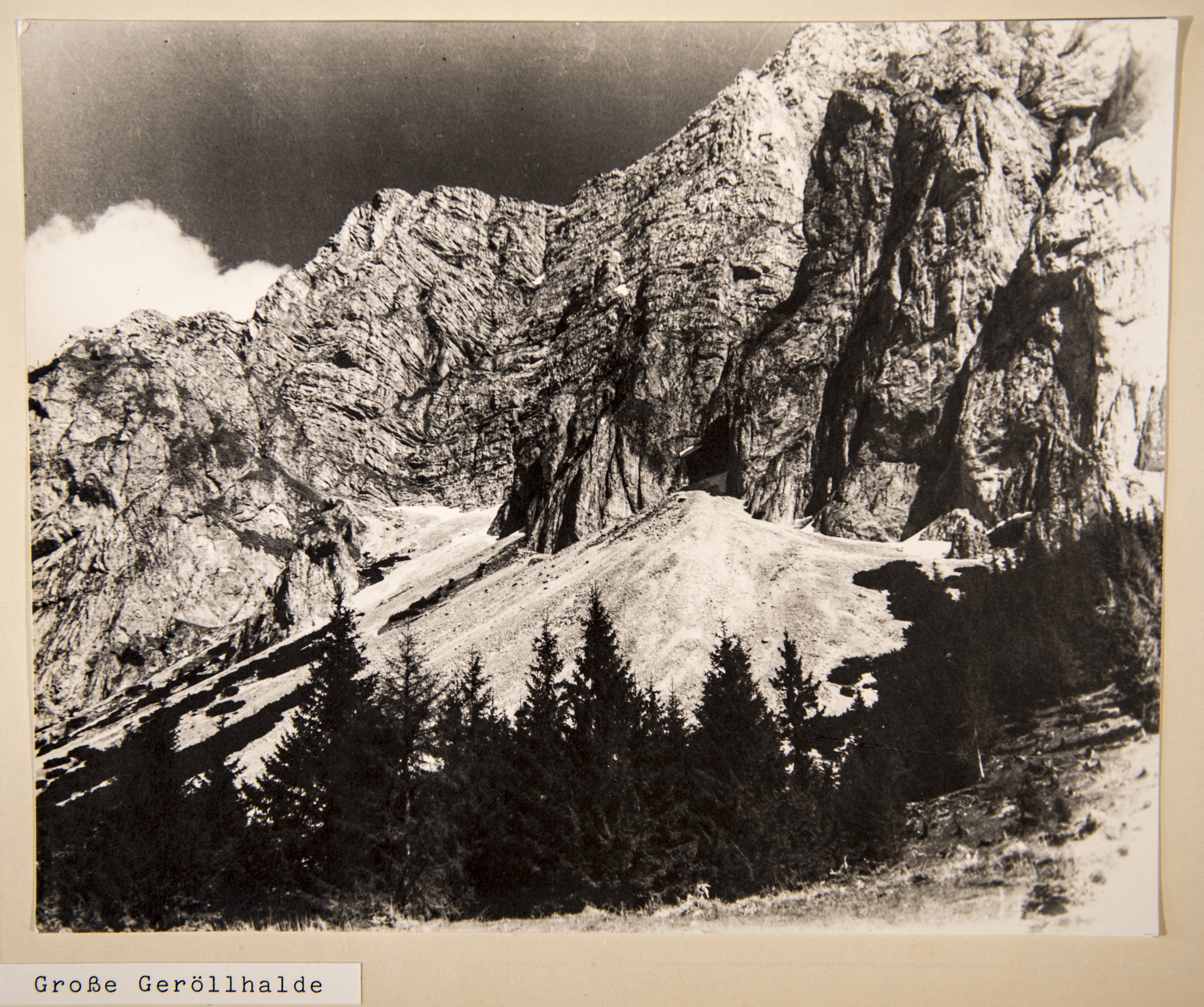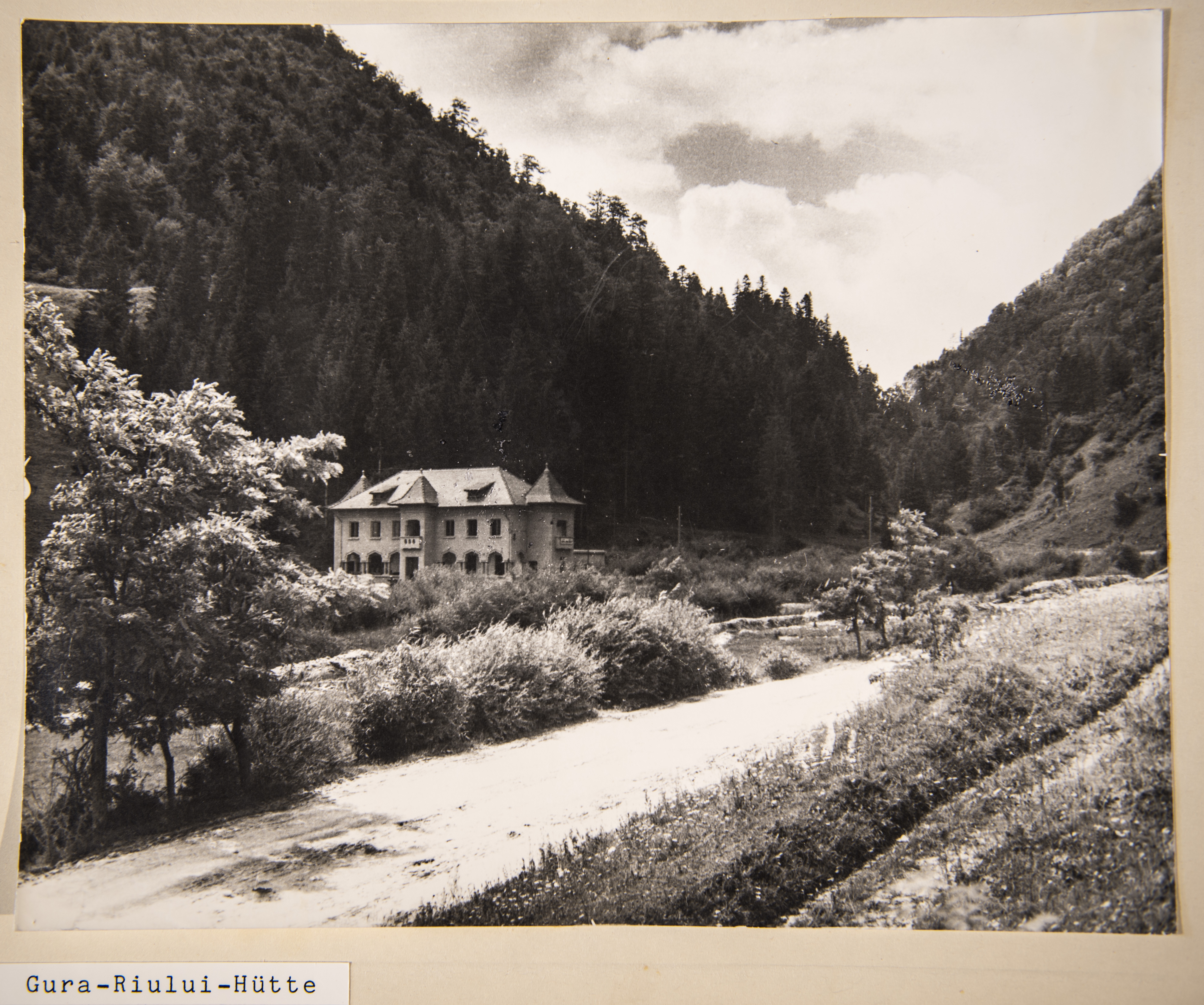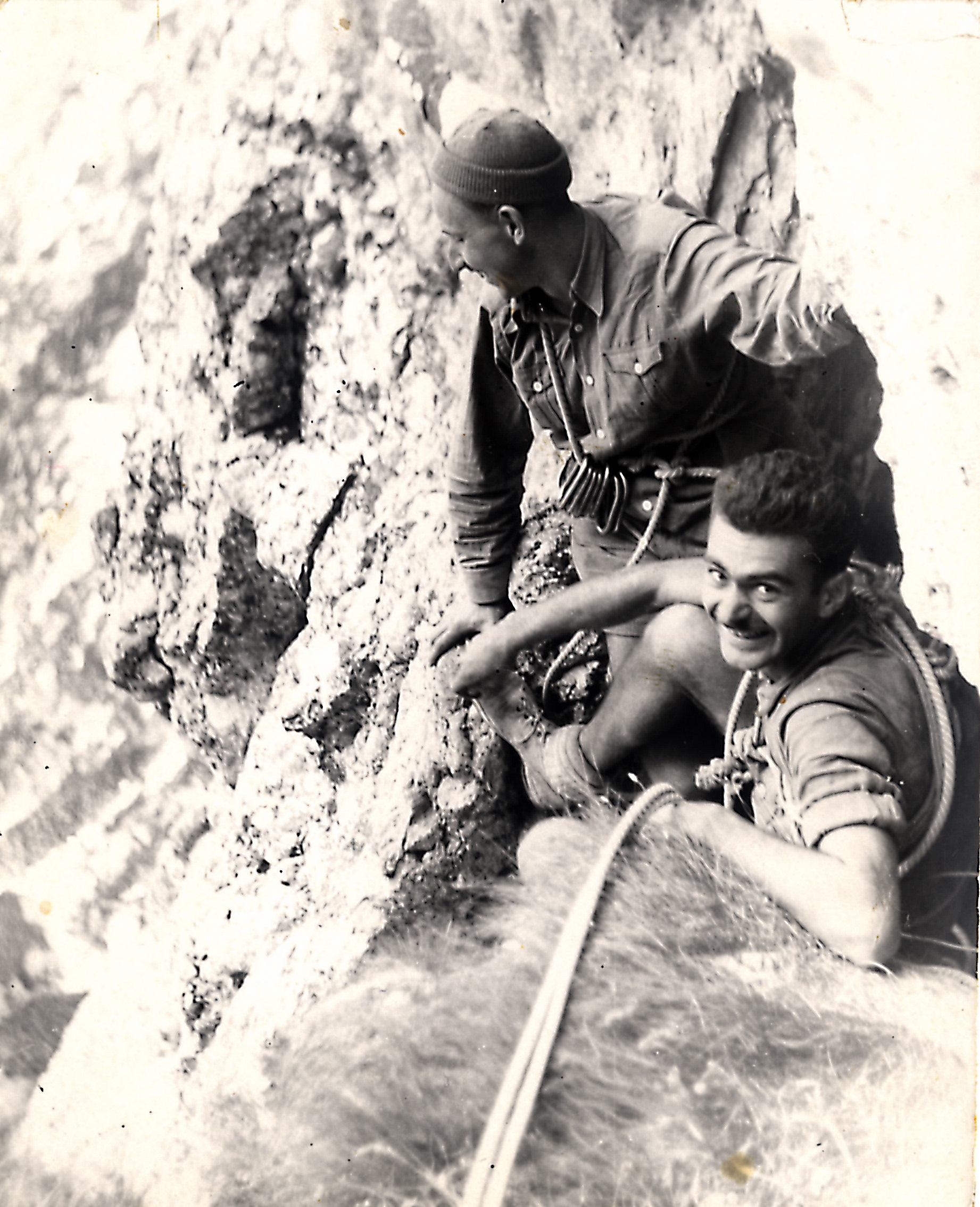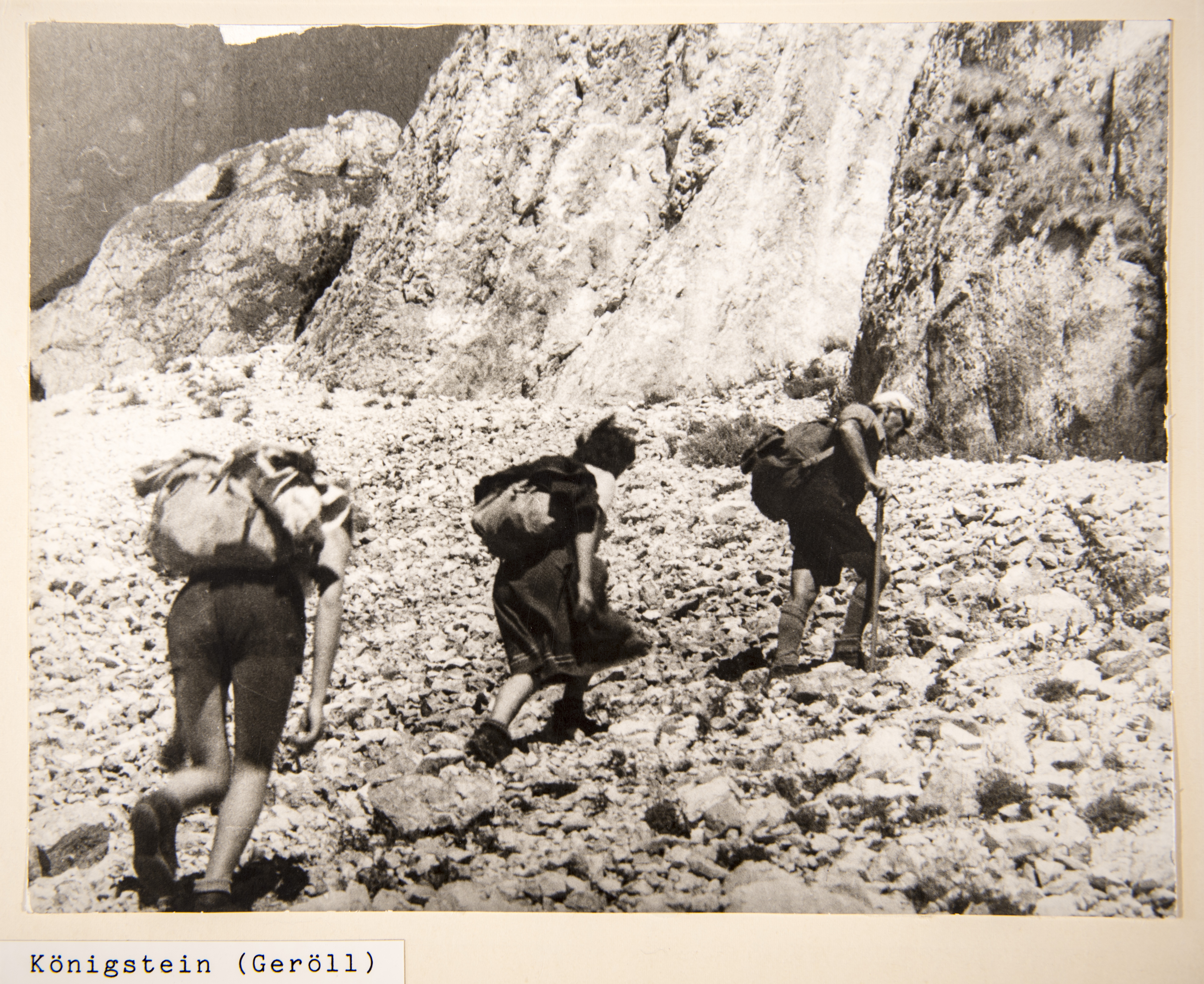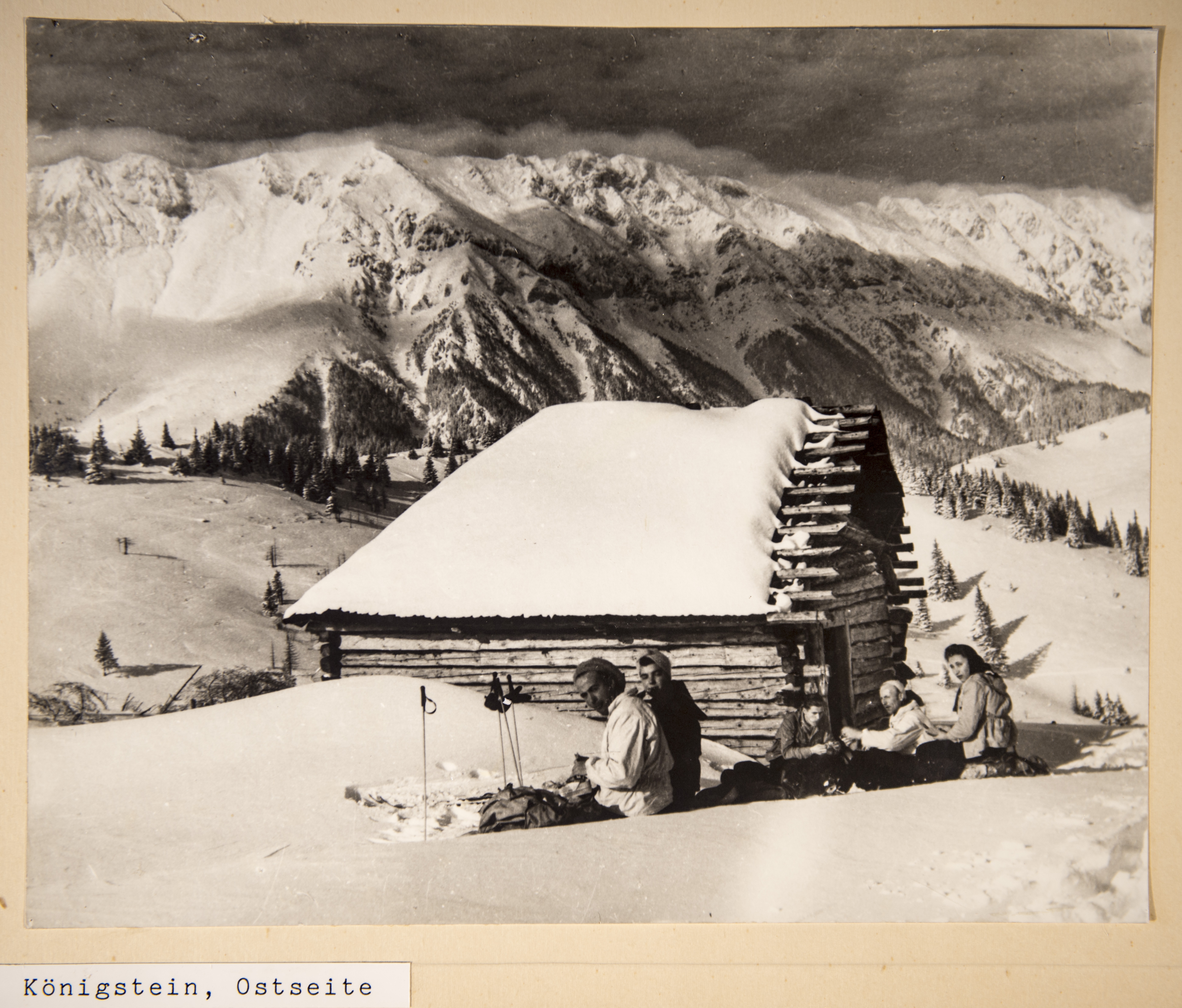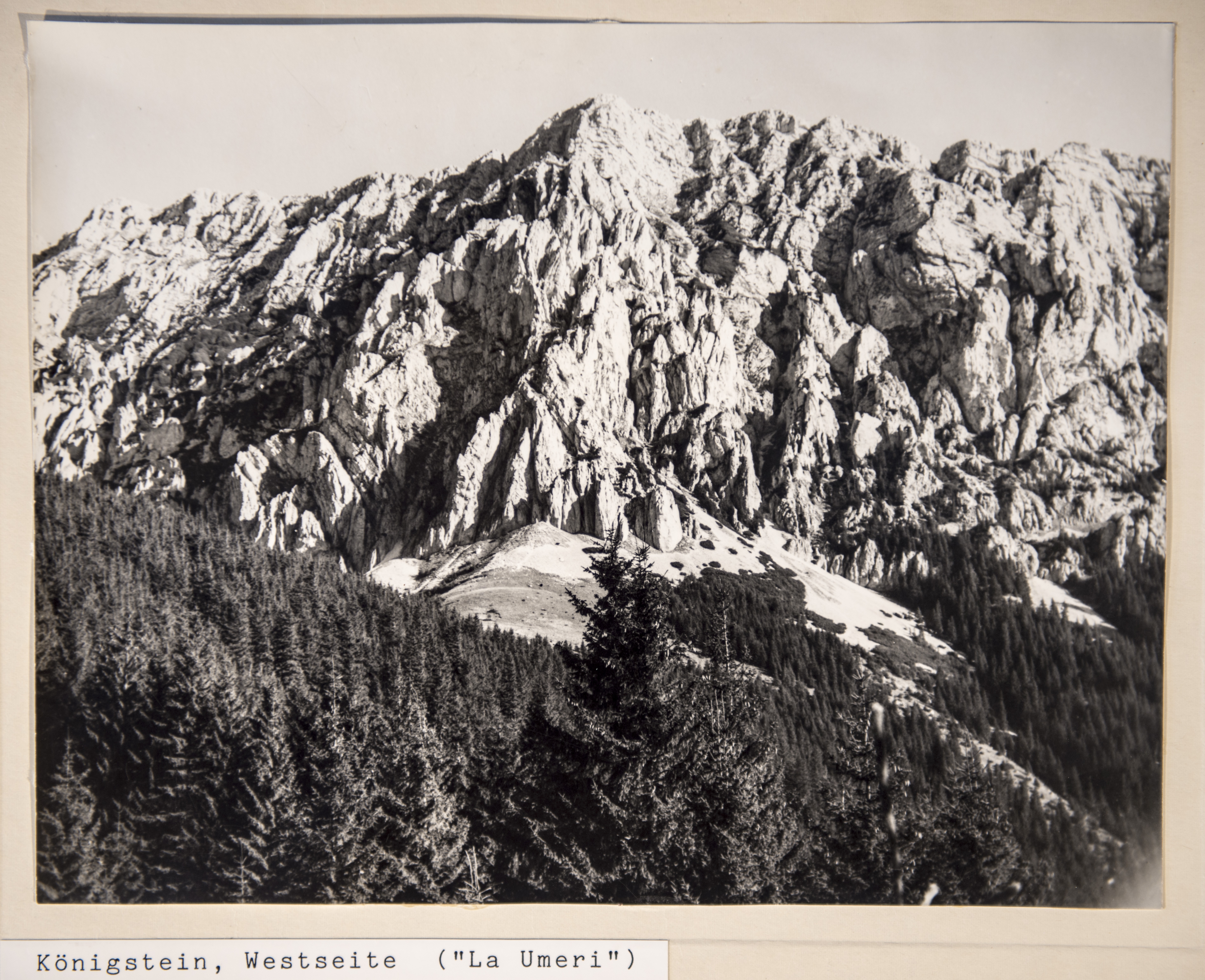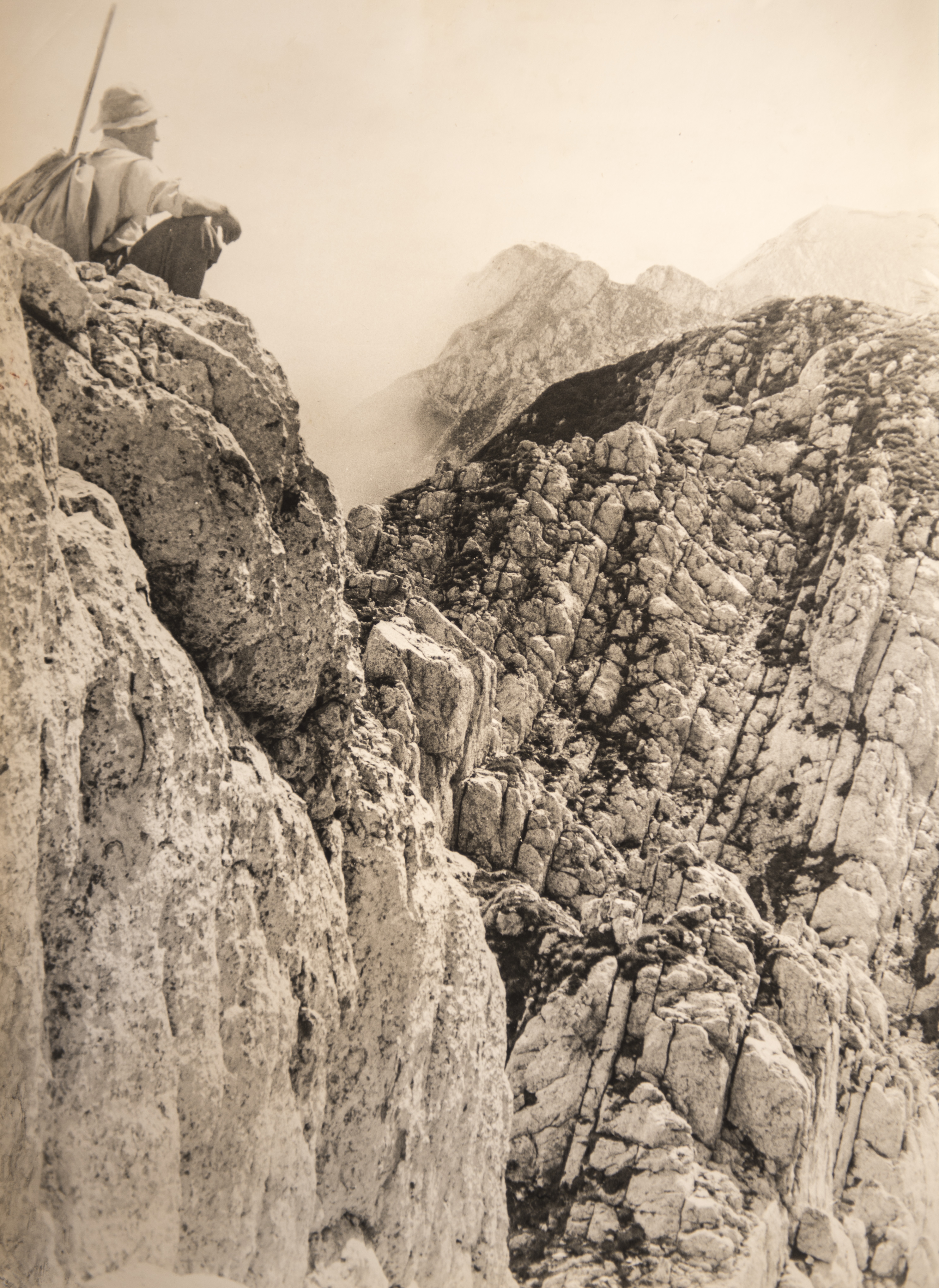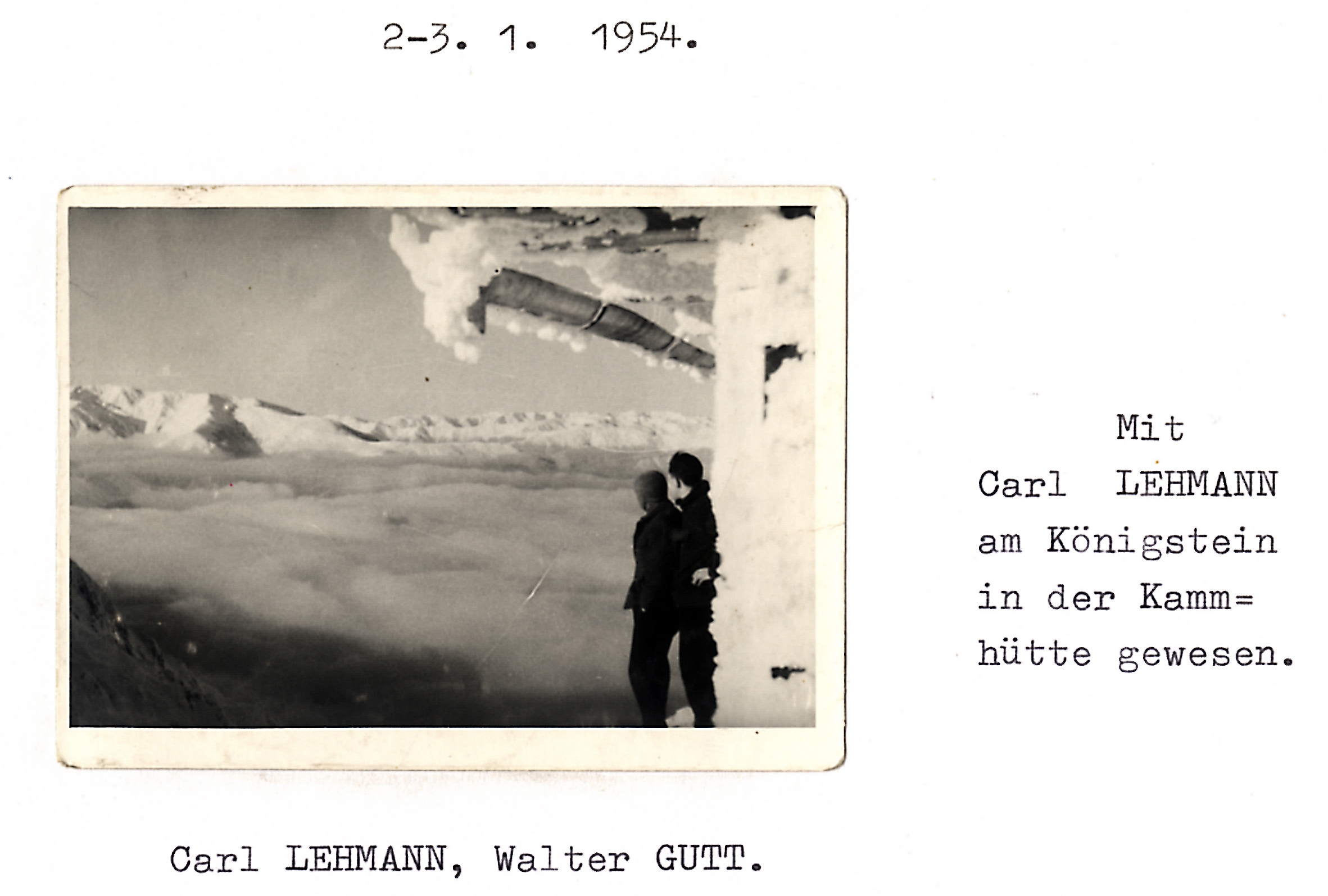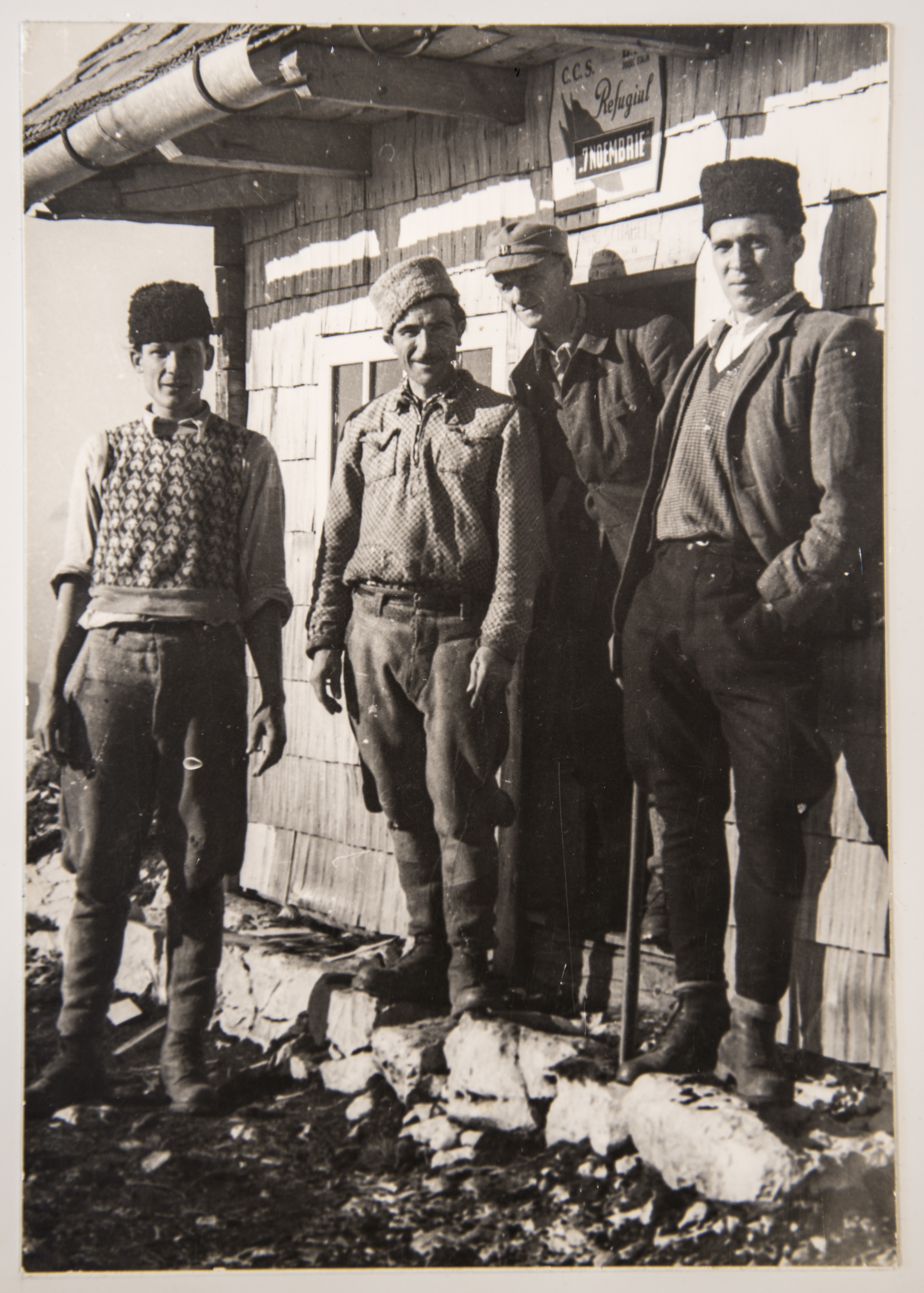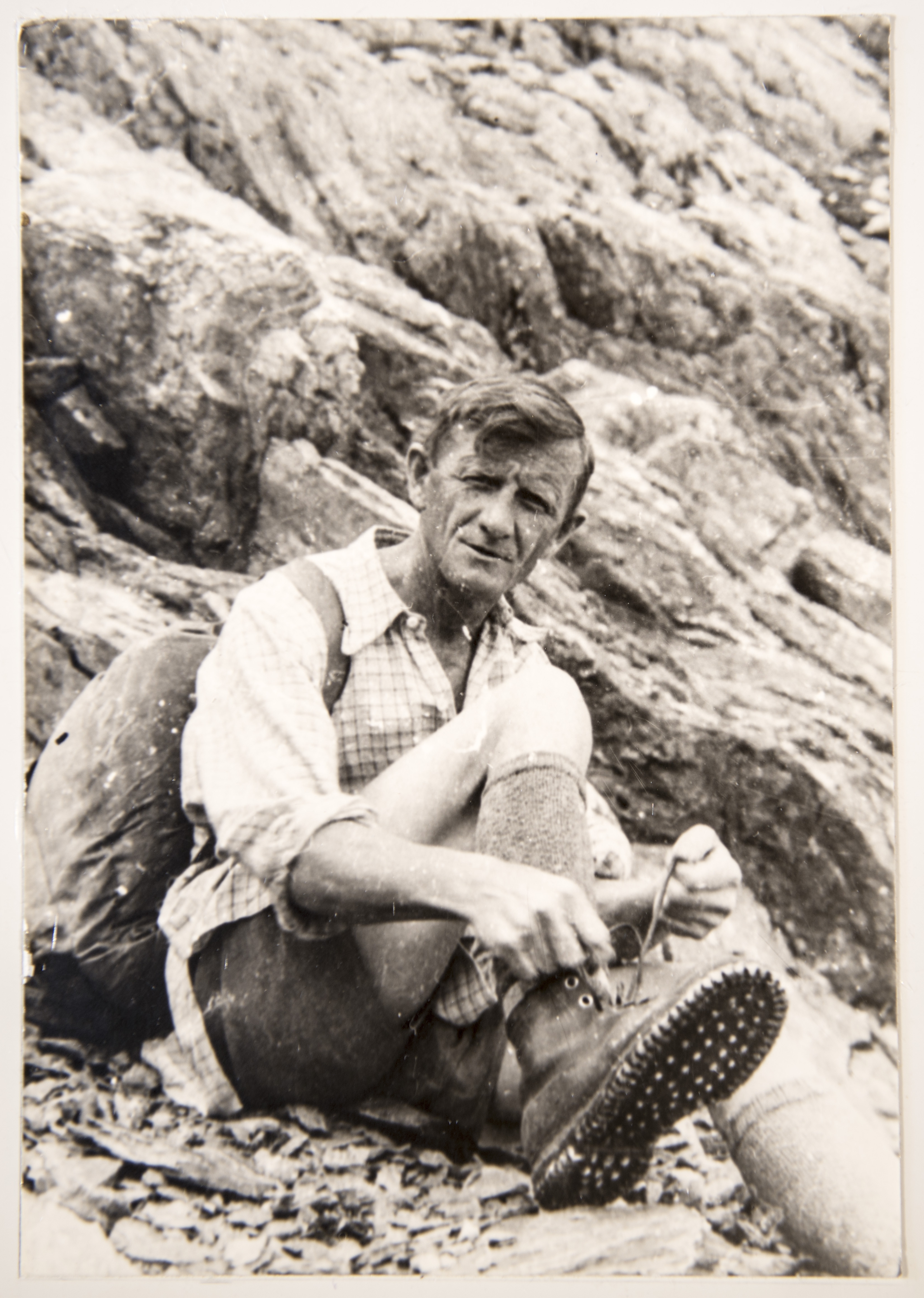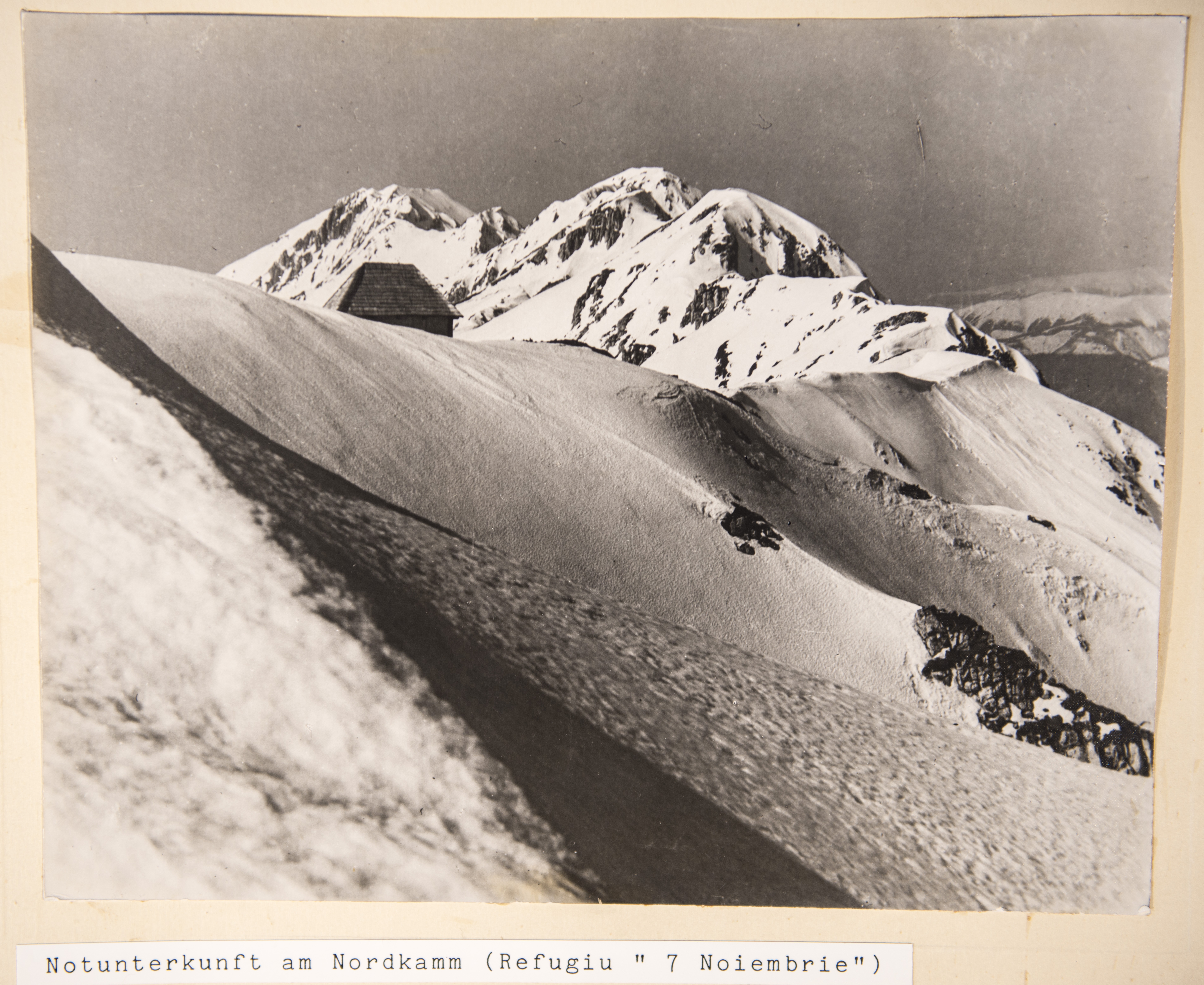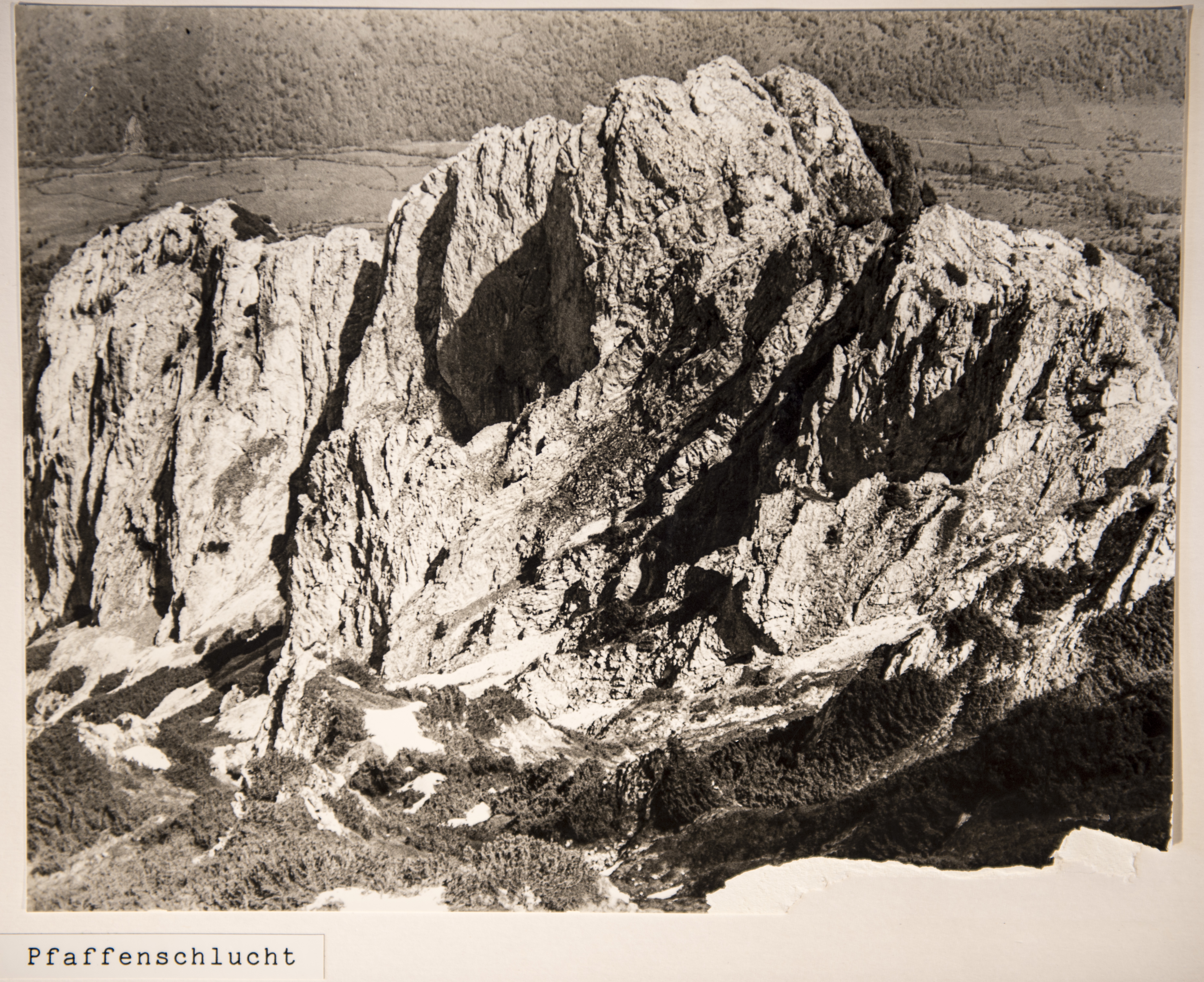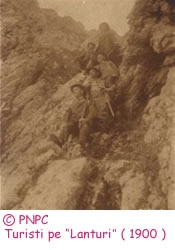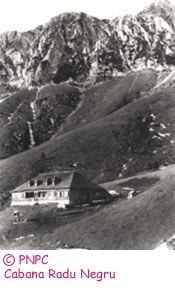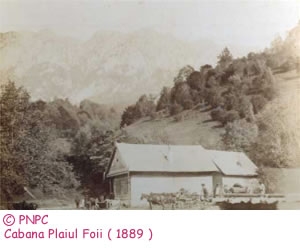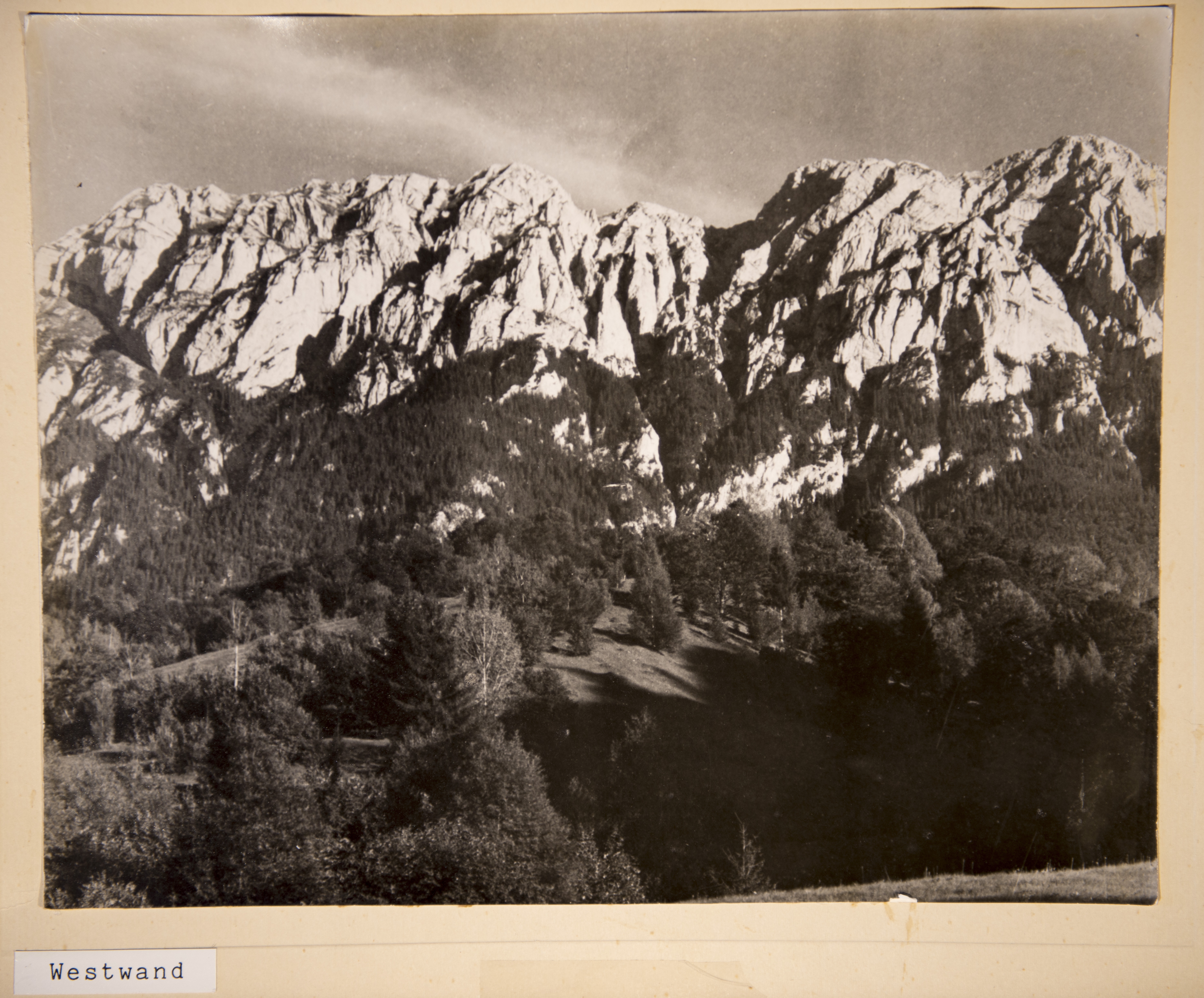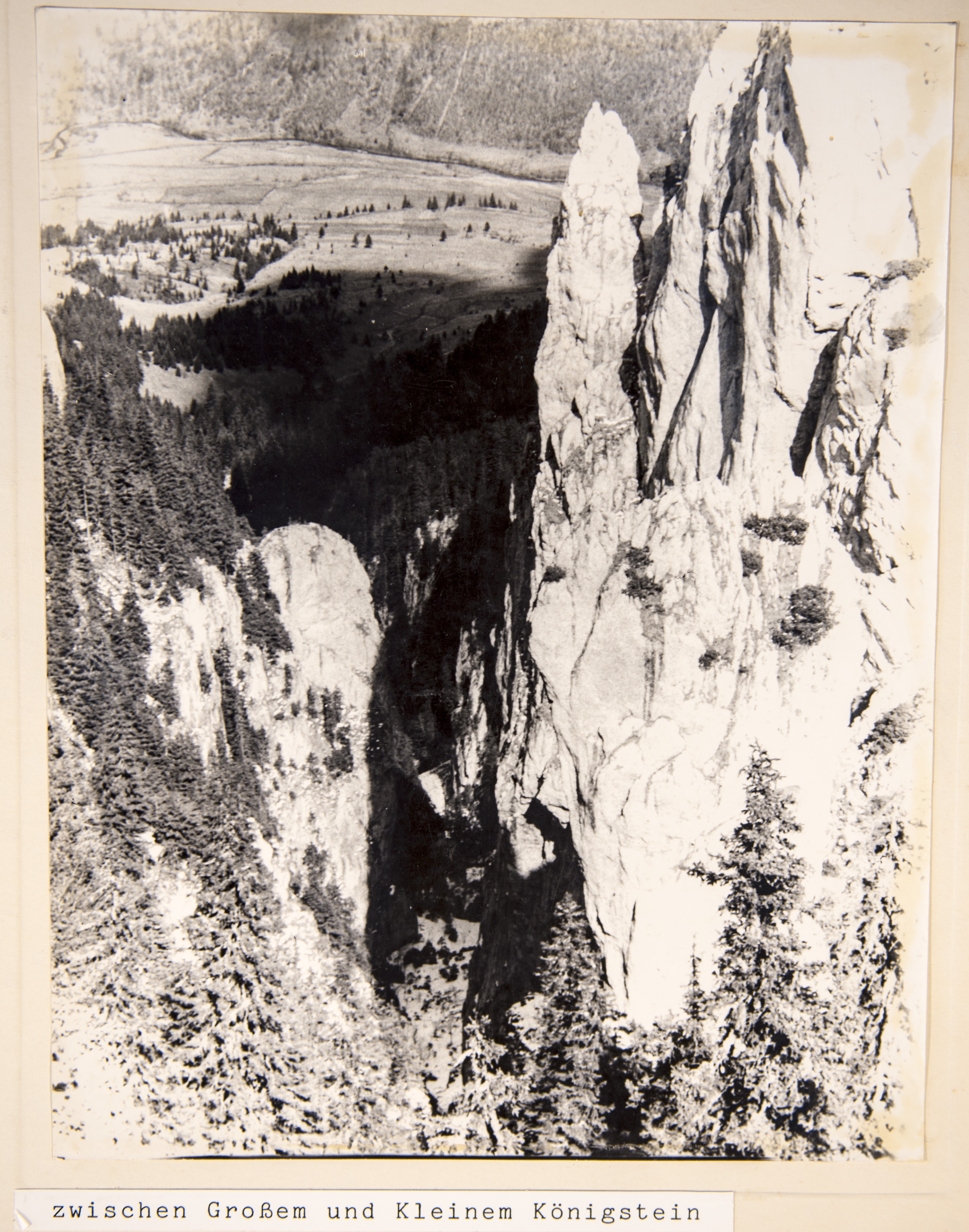History of Mountain Tourism
Chamois hunters and shepherds were the first to climb these mountains, becoming the first local guides, but naturalists and geographers who explored Piatra Craiului played the most important role in promoting its beauties and mountain tourism. The first documented research on the flora and vegetation of the Piatra Craiului massif comes from the eighteenth century. In 1851 the first descriptions and quotations of plants in Piatra Craiului (H.W. SCHOTT, 1851) were published, and the species Dianthus callizonus Schott & Kotschy (Piatra Craiului pink), an endemic plant for this massif, was recorded. The journalist Anton Kurz accompanies the cartographic team at the Vienna Cartographic Institute who made measurements for the second Iosefine topographic elevation, climbing the Baciului Peak on Aug. 29, 1844. In October 1843 Anton Kurz and a friend, led by the old chamois hunter, Ion Garnita, went to see the Devil's Mill. Ion Ghernita, was named "the most famous hunter of the land", who shot more than 120 chamois in Piatra Craiului during his life, but also 27 bears, over 70 wild boars and a lynx. He can also be considered the first guide in the Piatra Craiului massif, being mentioned in an article in the 1888 yearbook of the Transylvanian Carpathian Society of Tourists (S.K.V.) by Dr. Edward Mysz.
A century ago, the Carpathian Mountains were still the border between the Austro-Hungarian Empire and the Old Kingdom of Romania. This border divided also the Piatra Craiului massif at its highest point, the Baciului Peak, where the border pillar no. 201 and a wooden pyramid (triangulation beacon) were installed. In 1887 a border delimitation convention was concluded between Romania and Austria-Hungary, and on its basis the border markings were subsequently made. Ioan Turcu from Zarnesti was a member of the International Commission for Demarcation, publishing this activity in his memoirs in 1896.
Attracted by the new discoveries, intellectual elites of the sec. XIX began to organize the first mountain trips. In mid-September 1872, a group of Saxons from Brasov climbed Piatra Craiului. Enthusiastic about the beauty of this mountain, the ten members of the group have decided on the ridge, on Baciului Peak (Hirtenspitze), to establish the Alpine Society of Transylvania (Siebenbürgischer Alpenverein in Kronstadt), headquartered in Braşov, the ninth mountain association in the world and the first on the current territory of Romania.
In 1880 the Transylvanian Carpathian Society of Tourists (Siebenbürgischer Karpatenverein - S.K.V.) was established in Sibiu. The Braşov section of S.K.V. built the first shelter in Piatra Craiului, on the slopes of Vlăduşca, near the former border, following the proposal of lawyers Carl Schnell and Iosif Puşcariu. The cabin was built according to the plans of engineer J. Kellhofer and executed by Neculai Mihăilă Scânteie, from Poarta Branului. It had 2 rooms for tourists and one for guides, and its total capacity was for 25 people. The keys were kept by the guide Ion Gligore from Zarnesti. It originally received the name "Zur Hirtenspitze" and was inaugurated on September 17, 1881. Destroyed by a fire in January 1896, it was rebuilt 100m above its original site. The second construction survived the First World War, but it was swept away by a snow avalanche in 1921.
In 1928, S.K.V. took the Gendarmerie Barracks in Plaiul Foii from the City Council of Braşov, turning it into a tourist cabin. Apparently, at the beginning of the fourth decade, there was a forestry house at Plaiul Foii and another of the gendarmes (before the first war hosting the Austro-Hungarian border patrol). One of these buildings was leased to S.K.V. until the inauguration of the Curmatura cabin, when the association decided to abandon the Plaiul Foii location, which was taken over by the National Tourist Office. Also here, probably in 1938, the forester Iosif Albu built another cabin.
The most famous chalet in Piatra Craiului is Curmatura. It was built by S.K.V. between 1936-1937 and was inaugurated on 22 August 1937. After the closure of S.K.V. by the communist regime, the chalet was transferred to the patrimony of the National Tourist Office.
Braşov section of S.K.V. marked 84 km of tourist trails in Piatra Craiului. The most famous of these is "La Lanturi", also known as "Deubelweg" (Deubel Trail). Friedrich Deubel was a charcuterie producer from Brasov, but his passions were entomology and mountaineering. In August 1886, he succeeded to descend the western wall of Piatra Craiului (the famous "Westwand") along with Eduard Copony and Dr. Kurt Boeck of Kassel, marking the route with red paint only one year later.
The Brasov Section of E.K.E. (Erdélyreszi Kárpát Egyesület or Transylvanian Carpathian Society) built a tourist cabin at the foot of Piatra Mica, inaugurated on August 22, 1897, and a pavilion in the Crapaturii Saddle, but they did not last very long and were destroyed.
The Romanian Tourists Society has built the Grindu Chalet in Piatra Craiului, a project led by engineer Costache, a member of the Muscel Section of S.T.R. It was inaugurated on June 8, 1908.
Câmpulung-Muscel Section of A.D.M.I.R. (Association of Hikers from the Mountains of Romania) marked 107 kms of trails in the Piatra Craiului massif and inaugurated on September 25th 1932 the "Radu Negru" chalet, rebuilt on the basis of the former S.T.R. cabin of Grind. Radu Negru cabin was destroyed by an avalanche in 1953.

